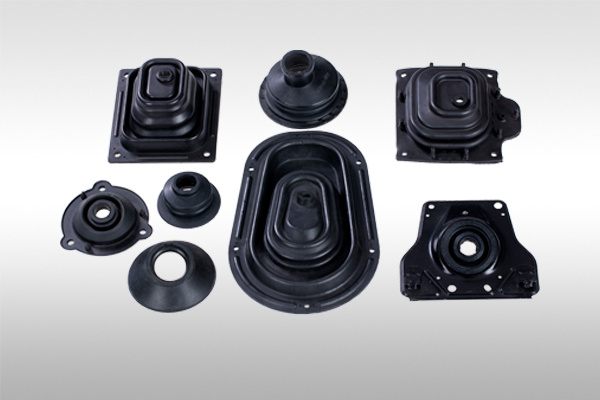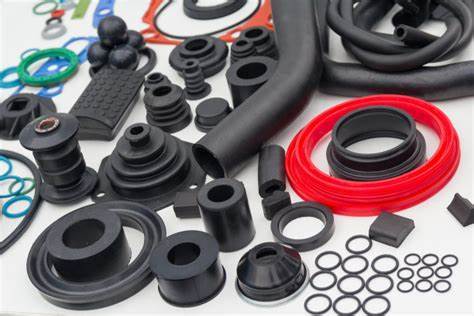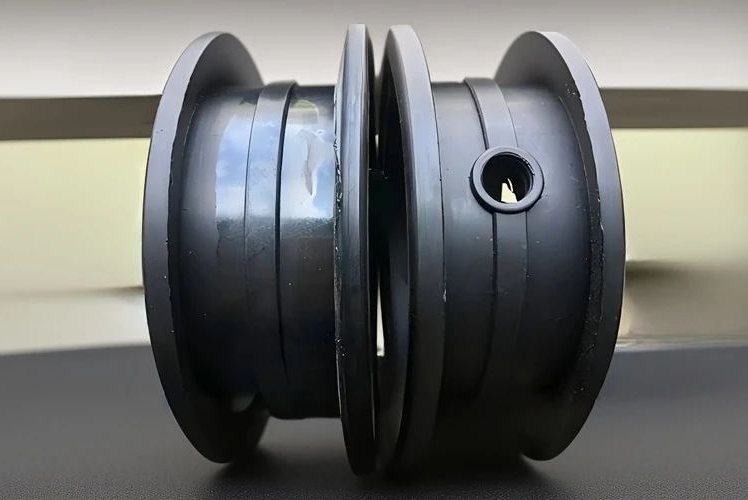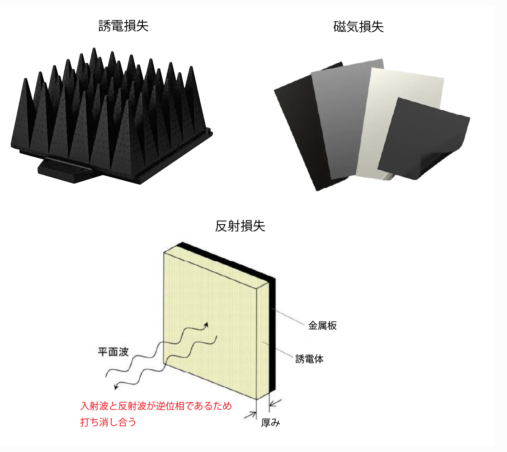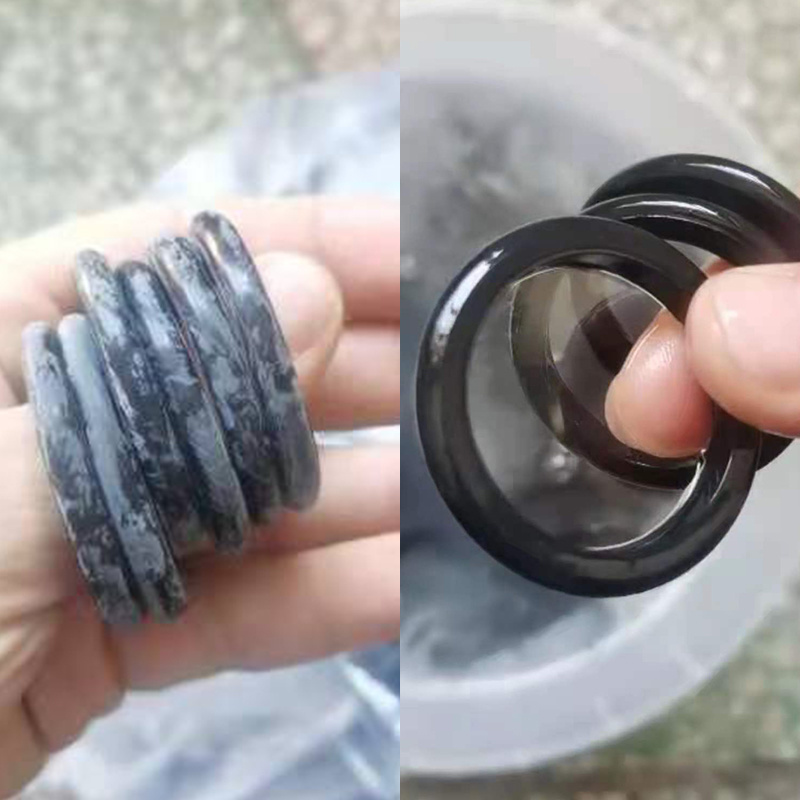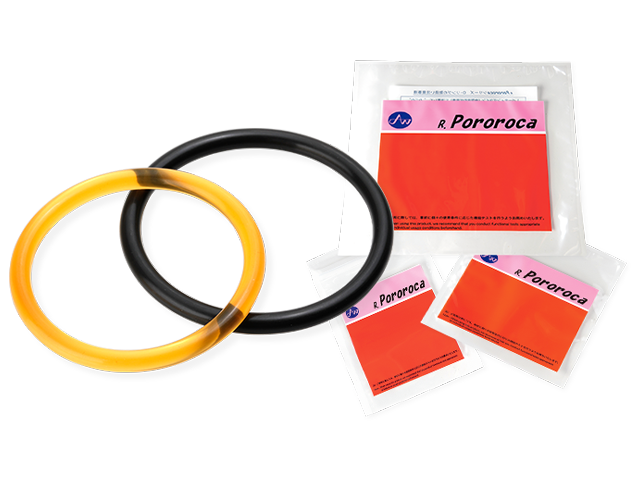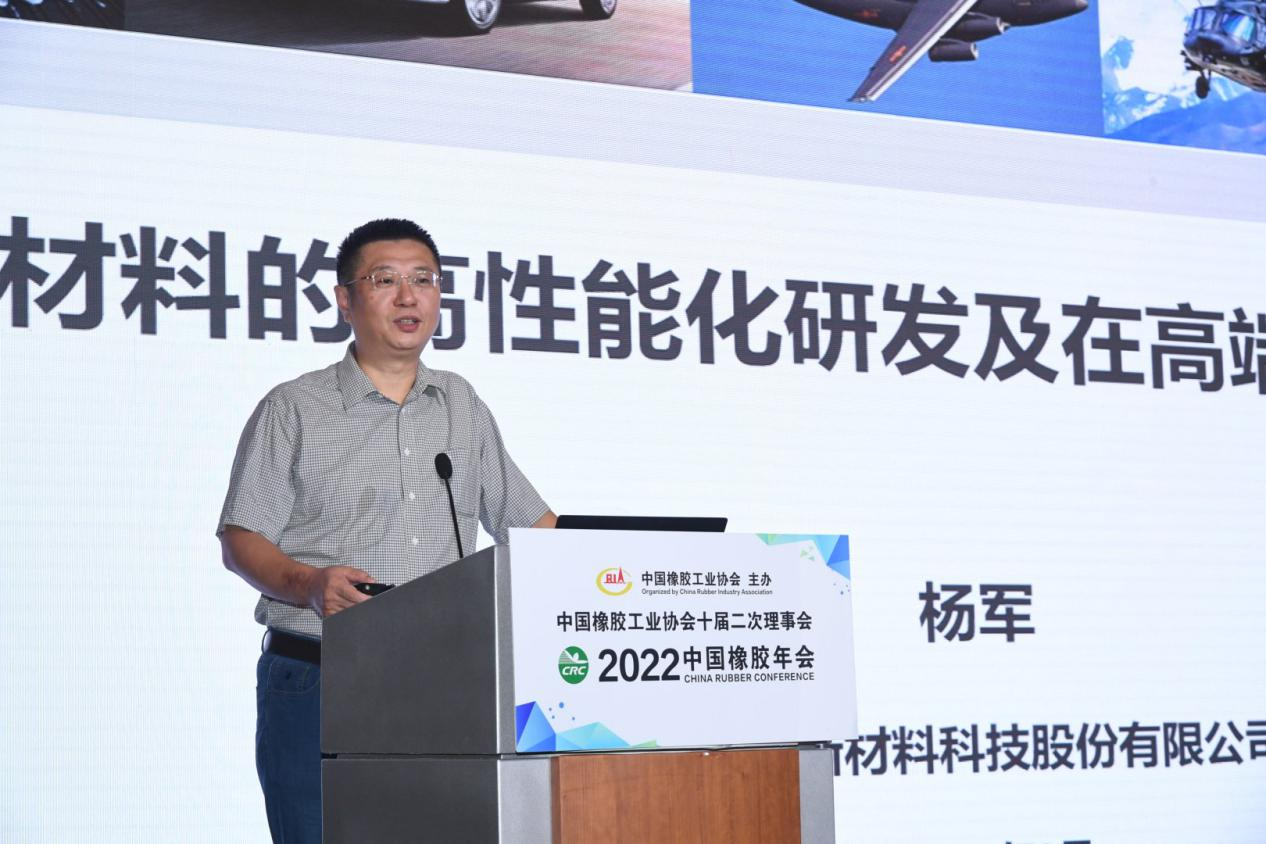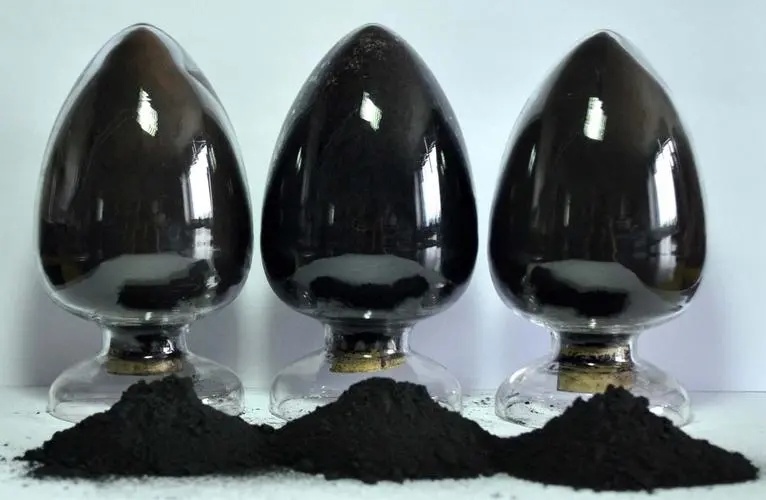Apr 29,2025
Rubber, as an important industrial raw material, is widely used in tires, seals, conveyor belts, medical supplies, and other fields.
Apr 28,2025
Rubber products are diverse, and here they are roughly divided into the following categories according to their uses:
Discussion on the causes and solutions of the blue phenomenon of NBR nitrile rubber products
Apr 21,2025
NBR nitrile rubber is a synthetic rubber widely used in industrial fields. Due to its good oil resistance, abrasion resistance, and heat resistance, it is widely used in the automotive, machinery, electronics, and chemical industries.
What is the function of absorbing materials? Related introduction of absorbing materials
Dec 14,2023
With the improvement of the power density of electronic devices, the electromagnetic compatibility problem of electronic devices is becoming more and more serious, and the absorbing material with shielding function has become a new trend to solve this problem.
Rubber back frost treatment method
Nov 07,2023
In the production of rubber products due to the use of accessories is not when the rubber products will cause spray (spray white). Today, let's say goodbye to frost spray (white spray) forever with 3 moves and solve the problem of frost spray (white spray) with 2 moves.
Application of FFKM Perfluorinated Sealing Ring
Oct 23,2023
Today, we will introduce the raw material characteristics and application fields of perfluoroether FFKM rubber, so that we can have a better understanding of perfluoroether FFKM rubber. below please follow xiaobian take a look at it.



